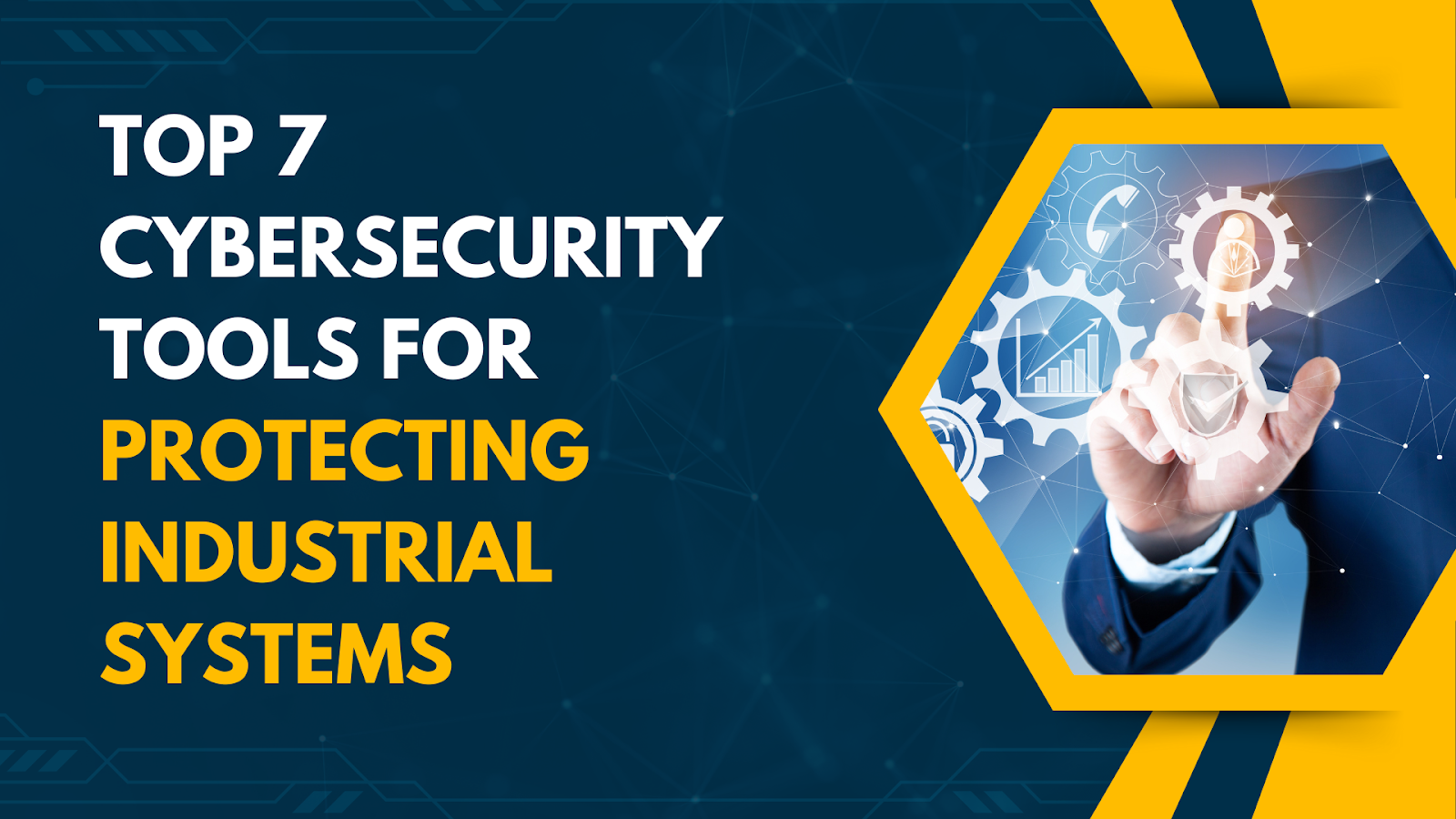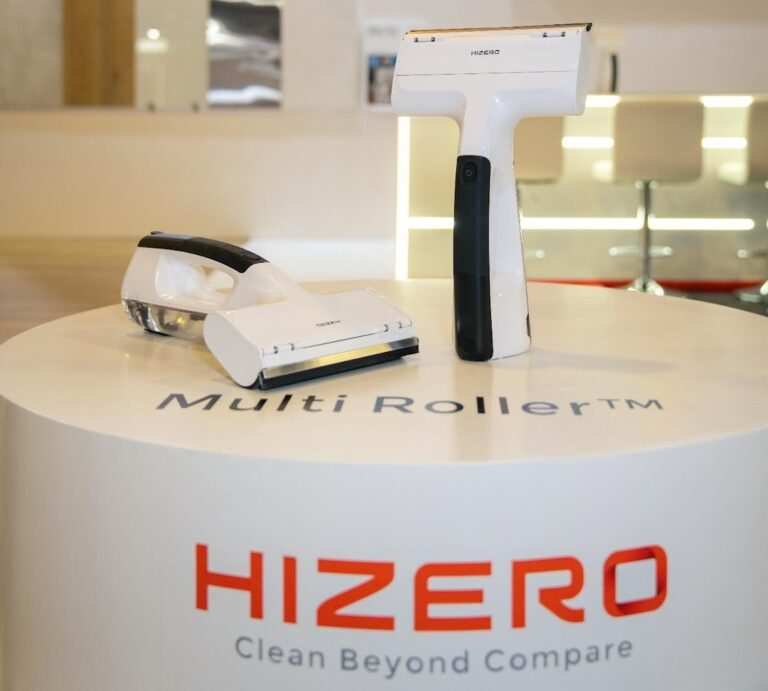
As industrial systems use more digital tech, they must be protected from cyberattacks. Attacks on Industrial Control Systems (ICS) have increased in the past year, putting vital services at risk.
These systems manage everything from power production to manufacturing. Their security is vital for daily activities. To combat these rising threats, organizations need to use effective cybersecurity tools.
This blog will discuss the seven best tools for keeping industrial systems safe. Each tool is key to a strong defense against cyber threats. It helps keep critical infrastructure remains secure and reliable.
Understanding these tools is the first step in creating a safer industrial environment.
Network Segmentation with Firewalls for Industrial Cybersecurity
In interconnected industrial environments, robust network segmentation serves as the foundation of effective security.
By isolating critical systems from non-critical ones, organizations can significantly reduce the risk of lateral movement by attackers. Implementing industrial cybersecurity measures like segmentation ensures smoother operations and minimizes exposure to external threats.
Industrial-grade firewalls, like those from Fortinet Security Fabric, offer specialized solutions designed for Operational Technology (OT) environments. These tools allow fine control of network traffic. They meet the strict performance needs of industrial systems.
Managing Vulnerabilities Effectively
Most organizations experience at least one vulnerability exploitation annually, so continuous monitoring and patching are essential. Modern vulnerability management solutions, such as Microsoft Defender for IoT, can reduce remediation time.
Key benefits include:
- Real-time vulnerability detection across all connected devices
- Automated patch management with rollback capabilities
- Risk-based prioritization of security updates
- Compliance monitoring for industry standards
- Asset inventory tracking with detailed system information
Successful vulnerability management requires:
- Regular system scans on a defined schedule
- Clear procedures for patch testing
- Documentation of all exceptions and compensating controls
- Integration with change management processes
- Regular reporting to stakeholders
Real-Time Threat Detection and Anomaly Management
Advanced threat detection platforms have become indispensable, reducing incident response times. Tools like Nozomi Networks’ Vantage and Guardian use artificial intelligence to instantly identify unusual patterns and potential threats.
These platforms excel at:
- Behavioral analysis of network traffic and device actions
- Continuous network traffic monitoring with deep packet inspection
- Machine learning-based anomaly detection
- Integration with global threat intelligence feeds
- Automated response capabilities for known threats
Key features to look for:
- Baseline profiling of normal system behavior
- Alert prioritization based on threat severity
- Integration with existing security tools
- Custom rule creation for unique environments
- Historical data analysis for trend identification
Unidirectional Gateways for Safe Data Flow
Unidirectional security gateways have proven to reduce cyber intrusion risks. Solutions like Waterfall Security’s gateways ensure that critical systems remain protected while allowing necessary data sharing with external networks.
| Feature | Traditional Firewalls | Unidirectional Gateways |
| Data Flow | Bidirectional | One-way only |
| Attack Surface | Moderate to High | Minimal |
| Configuration Complexity | High | Low |
| Hardware Protection | No | Yes |
| Protocol Support | Extensive | Limited but secure |
| Implementation Cost | Lower | Higher |
| Maintenance Requirements | Regular updates needed | Minimal maintenance |
| Recovery Time | Variable | Quick |
Implementation considerations:
- Physical hardware requirements
- Network topology changes
- Protocol conversion needs
- Backup and redundancy planning
- Staff training requirements
Multi-Factor Authentication for Stronger Access
MFA implementation across industrial systems adds a crucial layer of security. By requiring multiple forms of verification, organizations can:
- Prevent unauthorized access attempts through layered security
- Track user activities with detailed audit logs
- Enforce role-based access controls across systems
- Maintain compliance with industry regulations
- Reduce the hazard of credential theft and compromise
Essential MFA components include:
- Hardware tokens or security keys
- Biometric authentication options
- Time-based one-time passwords
- Push notifications to authorized devices
- Location-based verification
Comprehensive Asset Management
You can’t protect what you can’t see. Solutions like SCADAfence provide automated asset discovery and management, including:
- Real-time device inventory with automatic updates
- Configuration monitoring and change detection
- Risk assessment based on device vulnerability
- Compliance tracking against security standards
- Change management with approval workflows
Critical capabilities:
- Automated discovery of new devices
- Detailed asset classification
- Firmware version tracking
- Communication pattern mapping
- Integration with existing tools
SIEM Integration: Unifying Security Operations
Platforms like Forescout Continuum bridge the gap between OT and IT security. By centralizing threat intelligence and response, organizations can:
- Automate security workflows across environments
- Streamline incident response procedures
- Enhance threat visibility through correlation
- Improve compliance reporting accuracy
- Enable proactive risk management strategies
Key integration points:
- Log collection from all security tools
- Correlation rules for threat detection
- Automated incident response playbooks
- Custom dashboard creation
- Regular reporting workflows
Incident Response and Recovery Planning
Even the most secure industrial systems are not immune to cyberattacks. strong incident response plan helps organizations. It can minimize downtime, prevent damage, and restore operations quickly.
Key Components of an Incident Response Plan:
Incident Detection and Reporting:
- Establishing a clear protocol for reporting suspicious activity.
- Integrating with Security Information and Event Management (SIEM) tools for real-time alerts.
Containment Procedures:
- Immediate isolation of affected systems to prevent lateral movement of attackers.
- Use of pre-configured response playbooks for specific incident types.
Root Cause Analysis:
- Analyzing the source and extent of the breach.
- Leveraging threat intelligence feeds to understand attack vectors.
Eradication and Recovery:
- Removing malicious code and restoring systems from secure backups.
- Testing systems thoroughly before resuming operations.
Post-incident Review and Learning:
- Conducting a post-mortem to identify gaps in the response process.
- Updating policies and procedures based on lessons learned.
Benefits of Incident Response and Recovery Planning:
- Minimized Downtime: Reduces operational disruptions, ensuring continuity in critical infrastructure.
- Faster Response: Well-prepared teams can mitigate damage within the first hours of an incident.
- Regulatory Compliance: Ensures adherence to industry mandates requiring documented response plans.
- Improved Future Defenses: Learning from each incident strengthens the overall security posture.
Building Stronger Defense Against Cyber Threats
Securing industrial systems is crucial as cyber threats continue to grow. Organizations must take a strong approach to cybersecurity.
Using tools like network segmentation, vulnerability management, real-time threat detection, unidirectional gateways, multi-factor authentication, asset management, and SIEM integration can help organizations stay safe from cyber threats.
These tools work together to create a strong defense, making it harder for attackers to access critical systems. By implementing these security measures, companies can protect their important assets and ensure that their operations run smoothly.
These tools work together to create layers of security, making it harder for attackers to breach systems.
Remember, cybersecurity is an ongoing effort that requires regular updates and assessments. Staying informed about new threats and improving defenses is vital to maintaining safety.
By prioritizing cybersecurity, organizations can ensure the reliability and efficiency of their critical services.
Frequently Asked Questions
How does OT security differ from IT security?
OT security focuses on maintaining the continuous operation of physical systems and infrastructure, while IT security primarily protects data and digital assets. OT environments often have unique uptime and safety requirements that traditional IT security solutions may not meet.
What challenges do legacy systems pose for industrial cybersecurity?
Legacy systems often lack built-in security features and may not support modern security protocols. Updating or replacing these systems can be costly and risky, requiring careful planning to maintain operational continuity.
Why is continuous monitoring essential for industrial systems?
Continuous monitoring enables early threat detection and rapid response, helping prevent disruptions to critical infrastructure. It also provides valuable insights into system behavior and potential vulnerabilities before they can be exploited.






